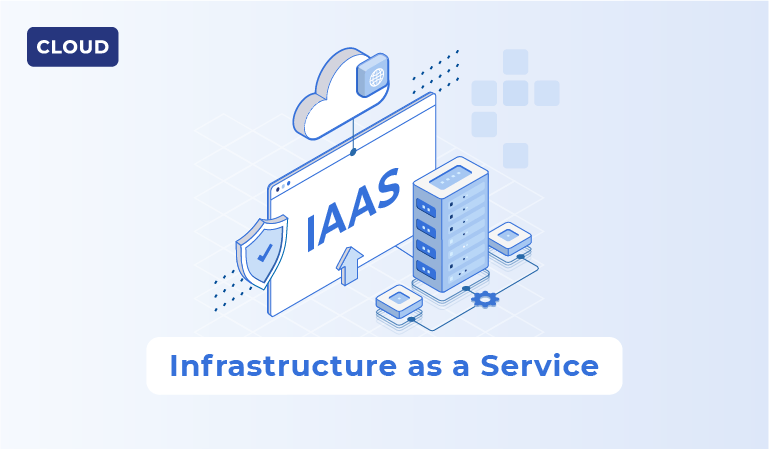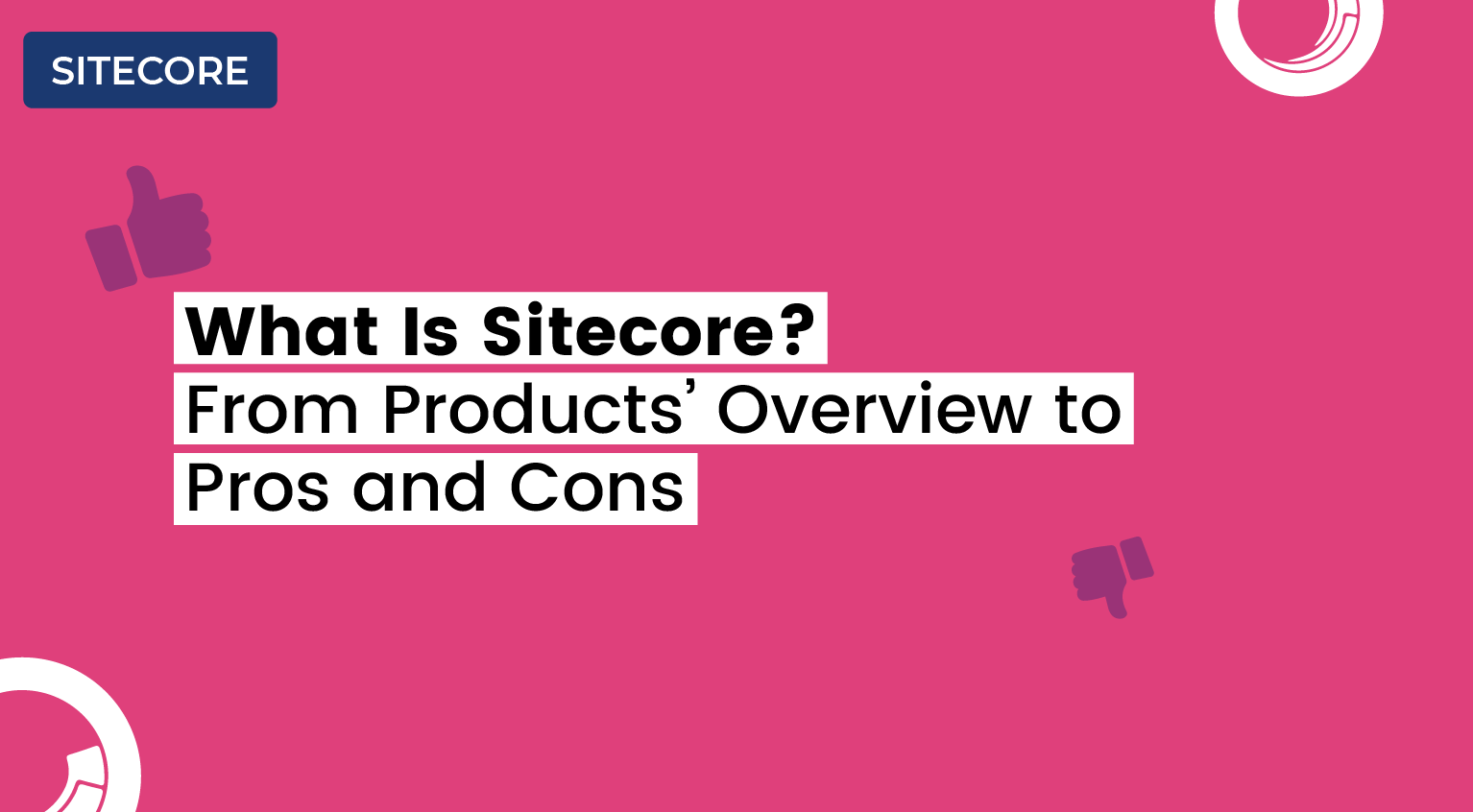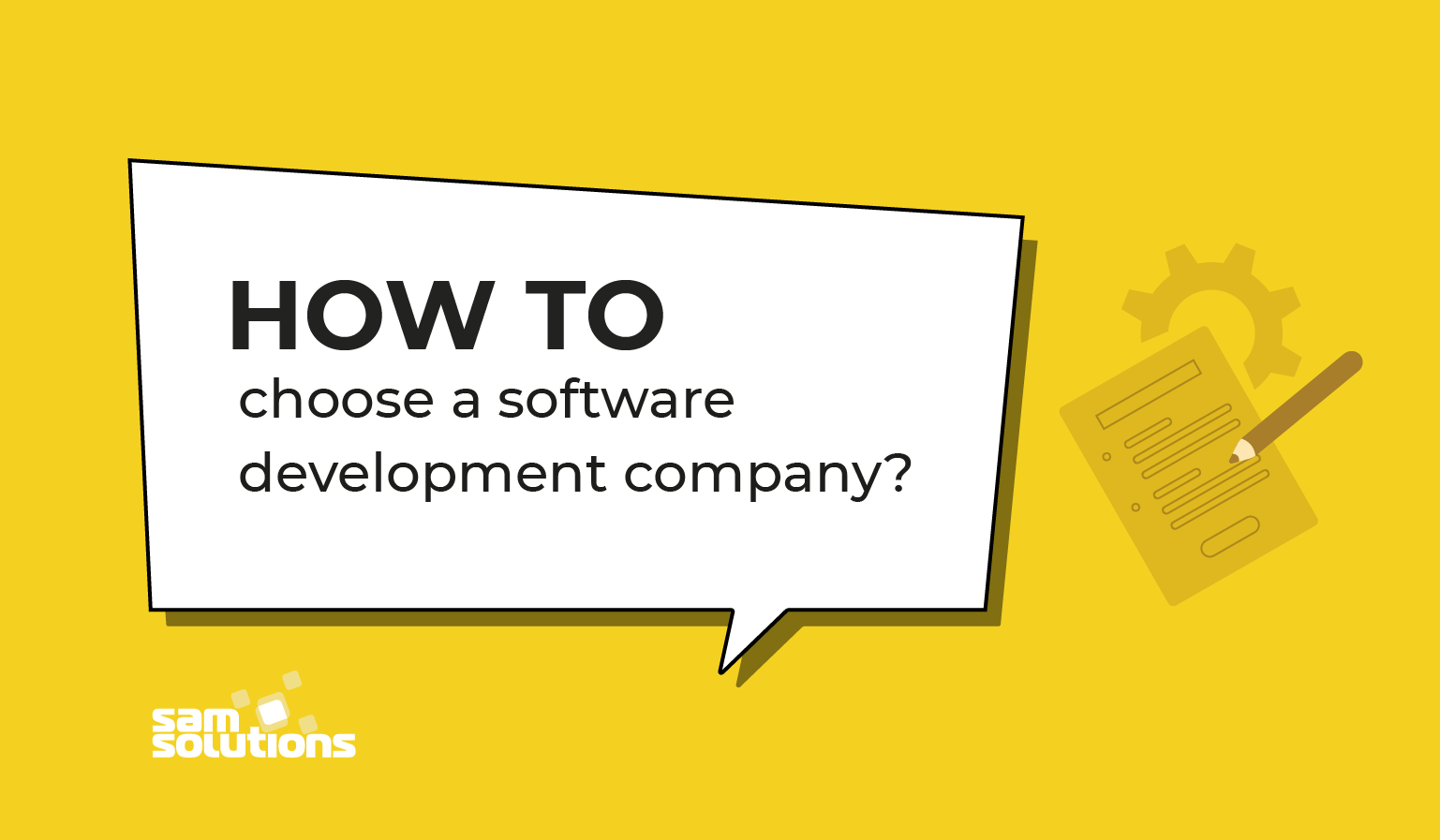
In cloud technology, IaaS is one of the three main computing models (along with PaaS and SaaS). Users are delivered infrastructure resources as needed and pay for them through a subscription-based payment model.
Definition of IaaS (Infrastructure as a Service)
Companies use Infrastructure as a Service, otherwise referred to as IaaS, to access compute, storage, networking, and other infrastructure resources that are provided and managed by a third-party cloud vendor.
IaaS Examples
Amazon EC2
AWS’s EC2 service provides customers with virtualized servers for a wide variety of purposes. EC2 makes it easy for businesses to obtain virtual servers, or compute instances, very quickly and at a lower price compared to traditional on-prem servers. One of the primary reasons why IaaS has become so popular is its inherent scalability, of which EC2 is an excellent example.
Google Compute Engine
Google Compute Engine is GCP’s IaaS offering, which refers to customizable virtual machines running in Google Cloud, available to customers on demand. Users can select specific types of pre-defined or customized machines based on their workload needs. The service was launched in June of 2012.
Microsoft Azure
Azure offers numerous IaaS applications and services ranging from compute and networking products to security, storage, and high-performance computing (HPC). Businesses commonly utilize Azure for scenarios such as data storage and backup, high-performance computing, and creating the underlying infrastructure for dev and/or test environments.
IaaS Service
IaaS technology is delivered over the internet, rather than the traditional method of being “on-prem” (on-premises). Similar to SaaS and PaaS, the service is accessed on-demand, with the provided infrastructure being managed and maintained by the IaaS vendor.
The computing model rose to prominence around 2010, which is roughly when major players like AWS, Azure, Google, and IBM started releasing their IaaS offerings to the public. IaaS adoption quickly caught like wildfire among enterprise organizations, eventually trickling down to mid-market companies and even small businesses.
Its popularity and rapid adoption rates can be traced to the model’s inherent scalability, flexibility, and lack of up-front infrastructure costs. Businesses being able to use virtualized IT resources over the web, on-demand and as needed, was a true game-changer for the business world.
IaaS Model
The three most common computing models are SaaS, PaaS, and IaaS. The IaaS model serves as the base layer of the three, providing the underlying infrastructure and IT resources needed for organizations to create and run their own platforms as well as host and deploy applications.
The structure of IaaS revolves around four main areas: storage, compute, network, and data centers. Without physical data centers, there would be no cloud as we know it. Whenever you hear news of AWS opening up a new “region” – that’s them increasing their coverage by building new clusters of data centers.
IaaS Providers
Although there are numerous providers of IaaS tools and solutions, we’ll focus on some of the more well-known providers. Below are five of the most commonly used Infrastructure as a Service providers.
IBM
IBM released its first public cloud offering back in 2011, in the form of SmartCloud Enterprise (SCE), which was aimed at enterprise-level organizations. Per Gartner, IBM holds a little over 1% of the global cloud computing market, trailing behind leaders such as AWS and Azure. IBM’s current cloud offerings range the gamut of PaaS, IaaS, SaaS, and more.
Oracle
Oracle Cloud launched in 2016, and the company is currently ranked in the top five cloud vendors in the world. Oracle’s cloud offerings include numerous products and services, mostly geared towards IaaS and PaaS deployments.
Azure
Microsoft Azure, one of the top three global cloud vendors next to AWS and Google, launched in 2010 and features numerous IaaS product and service offerings. Organizations can use Azure for compute, storage, networking, and other infrastructure-related needs, as well as PaaS.
Google Compute Engine is the primary IaaS offering from Google Cloud Platform (GCP). As of 2021, GCP has roughly 8% of the global cloud market share (per Statista). GCP is one of the top three cloud vendors in the world, behind market leaders AWS and Azure.
AWS
Amazon Web Services (AWS) is the top cloud vendor in the world and offers numerous IaaS products and services for organizations of all sizes. Some of the vendor’s most popular IaaS offerings include Elastic Compute Cloud (EC2), Simple Storage Service (S3), and Elastic Block Store (EBS).
IaaS Solution
An IaaS solution is a specific tool/service that businesses use for infrastructure-related needs, commonly for cloud-based IT projects. An example of a publicly available high-level IaaS solution is AWS EC2, which can be used for numerous infrastructure-related needs and purposes.
For example, if an organization is looking for an IaaS solution for hosting workloads related to data analytics (and the organization’s data is stored elsewhere), they might consider using EC2 compute-optimized instances, an IaaS solution provided by AWS. Compute-optimized instances are a specific type of EC2 instance, designed to allow businesses access to a high amount of virtual CPUs for work that is highly resource-intensive (but doesn’t require much networking or storage). There are several different instance types that can be used via EC2, each with its own set of use cases (compute-optimized is just one of the instance types businesses can use with EC2).
AWS EC2 is an example of a specific IaaS solution, but there are countless solutions on the market from a wide range of vendors, as well as private solutions built and used internally within organizations (typically at the enterprise level).
Applications and Infrastructure as a Service
The relationship between applications and Infrastructure as a Service runs deep. In today’s cloud-centric business world, countless organizations are using IaaS for:
- Creation of app testing and development environments;
- Providing infrastructure for cloud-native apps;
- Hosting websites, web apps, and mobile apps.
More and more businesses are turning to IaaS software to help them make their app development processes faster, more efficient, and more flexible. By leveraging the power of the cloud, infrastructure can be built out on-demand, as needed, and scaled far quicker than ever before – allowing developers to create, test, and deploy new applications at a pace not possible on-prem.
IaaS Security
Although IaaS vendors are responsible for managing and securing the resources they provide to users, it is up to the users to secure everything else (e.g. data, traffic, OS, applications, etc.). Additionally, most IaaS platforms come with built-in security tools, which users have access to.
When it comes to IaaS security, there are two main mistakes commonly made in organizations across nearly all industries: lack of encrypted data and misconfiguration issues.
In their cloud adoption and risk report, McCafee found that organizations have an average of 14 wrongly configured instances of IaaS in operation at any one time. Misconfiguration of IaaS instances is one of the primary ways that organizations are impacted by cloud security issues.
Data encryption, or lack thereof, is a major issue that occurs often enough to warrant a mention. Organizations worried about cloud security need to be encrypting all forms of data, whether they’re using their own encryption or using security tools provided by the cloud vendor. Implementing proper encryption is crucial if you want to safeguard your organization’s data, both in the cloud and on-prem.
IaaS security is a very in-depth topic that is far too exhaustive to cover in a short blog. Some excellent resources are available around the web, which go into far more detail than we can cover here (for example, check out this guide from Stanford University).
Advantages of IaaS
Highly scalable
One of the key features of IaaS cloud services is that businesses can scale resources and infrastructure on-demand without needing to invest in costly physical hardware. The inherent scalability of cloud computing models allows organizations to operate in a more flexible manner, develop new solutions faster, and go to market at a much quicker pace. IaaS can play an important role in an organization becoming more agile and flexible.
Quicker time to market
Becoming a more agile organization and releasing products faster are two of the main drivers behind cloud adoption and migration. Leveraging the scalability and flexibility of IaaS can allow businesses to build out infrastructure at a much quicker pace than ever before, thereby accelerating the pace of new tech projects, products, and solutions. By relying on IaaS, IT resources can be delivered on-demand, as needed, and quickly scaled to meet growing needs.
Lowered costs
One of the top reasons why organizations use IaaS revolves around cost savings. However, it’s important to note that businesses looking to migrate to an IaaS environment shouldn’t expect immediate cost savings. While IaaS can potentially lead to lowered infrastructure costs in the long-term, it’s something that organizations need to carefully plan and manage around, not just expect immediately as a return on investment.
Disadvantages of IaaS
Potential security concerns
While cloud vendors devote a large portion of their resources to securing their service offerings and products, there are always potential security concerns to be aware of. IaaS vendors are responsible for securing the provided infrastructure, but IaaS platform users are fully responsible for securing whatever they end up hosting on that infrastructure. Potential security concerns include the following:
- Data leaks
- Compromised accounts
- Hacking of APIs and infrastructure
- Loss of data
Like any other technology, the cloud is not immune from security threats. Knowing what to plan for, how to keep your organization protected, and staying aware of new threats is an important part of securing your IaaS environment.
Vendor lock and lack of control
Read enough blogs about cloud computing and you will inevitably come across the term “vendor lock.” This is the term used to describe the scenario of a business getting “locked” into using one specific vendor, either because the actual process of moving from one to the other is not financially feasible, or the technological challenge of switching vendors isn’t worth the return (and amount of work involved).
While IaaS has changed the IT world (and arguably the business world) for the better, it’s not without its challenges. Other potential drawbacks to think about include:
- Potential to be highly complex (particularly in regards to integrations)
- Lack of realistic cost expectations (cloud deployments can often be costly)
- Potential downtime (typically rare, but even AWS occasionally experiences downtime)
- Lack of in-house expertise (this is where a third-party service provider excels)
Conclusion
2021 saw the IaaS market grow by 38.5%. Worldwide spending on IaaS is set to reach over $106 billion in 2022, an increase of over $45 billion since 2020. Tech leaders are focused on scaling infrastructure and migrating more workloads to the cloud, which IaaS plays a crucial role in.
The benefits of IaaS are numerous, but the computing model also brings potential challenges, especially if an organization isn’t cloud-savvy. We recommend working with a trusted and experienced third-party service provider in this case.
Being able to leverage the power of virtualized compute, storage, and network resources has truly revolutionized the world of IT, and really, the world-at-large. Businesses now have access to a nearly unlimited amount of virtualized IT resources, allowing them to become more efficient (and their employees more innovative).


